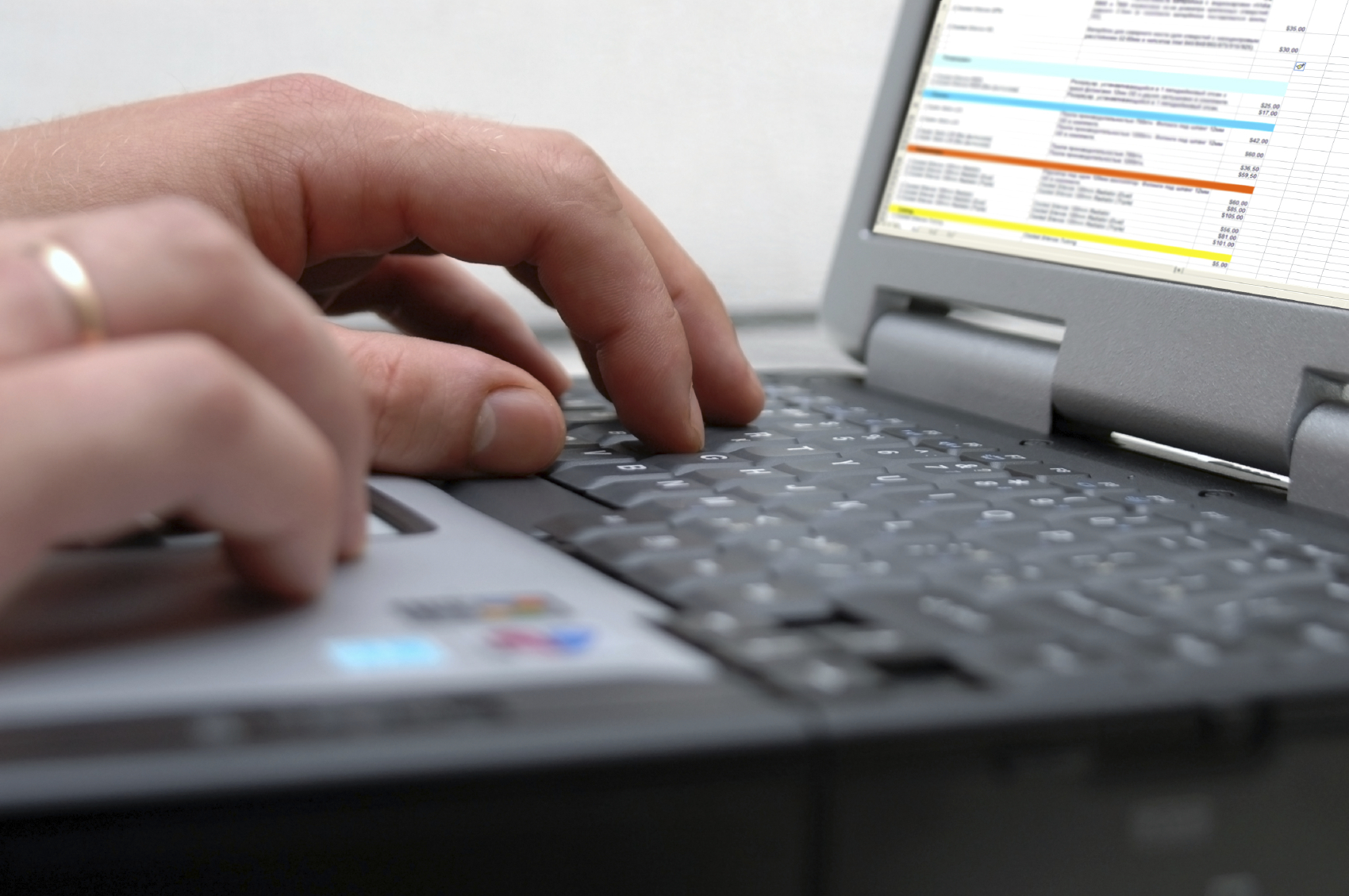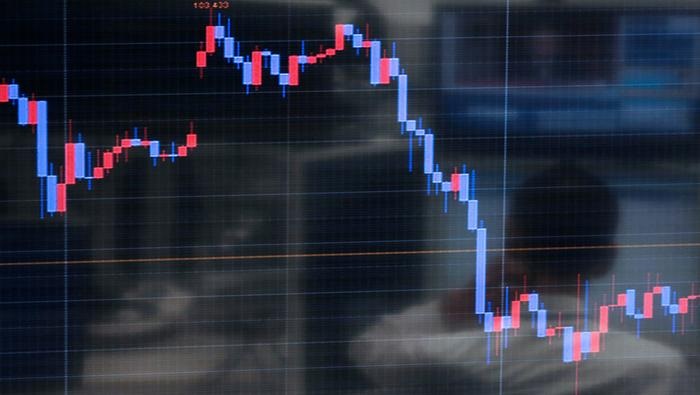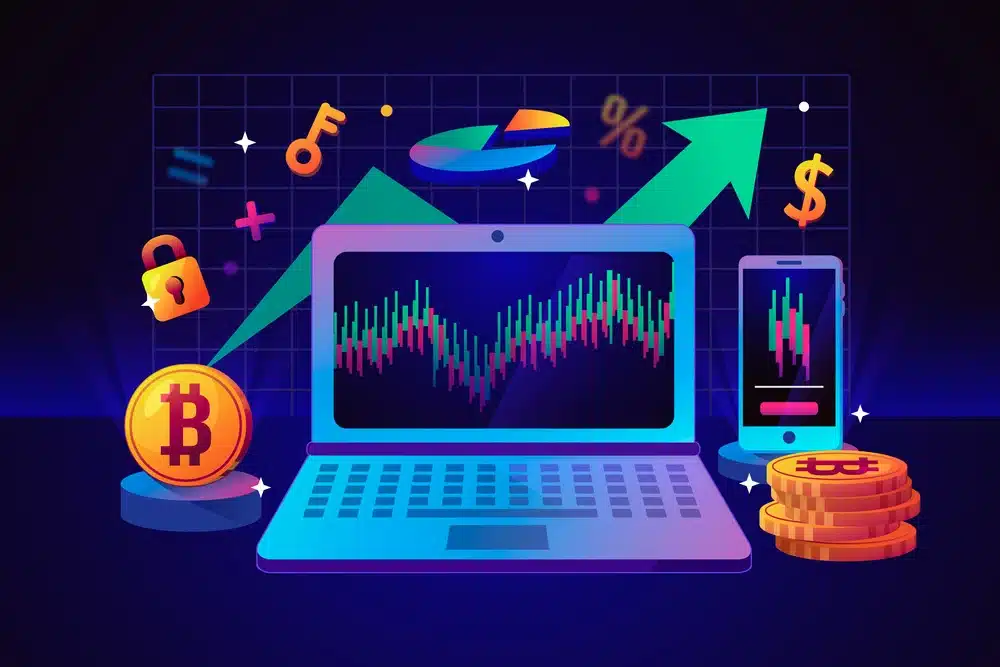They say the investment is not everyone’s cup of tea. Still, this phrase may sound archaic in today’s scenario because technology has helped humans overcome many shortcomings and challenges. We live in a world where the thin line between imagination and manifestation seems to be diminishing.
If you wish to be a profound investor and follow the likes of great personalities like Warren Buffet and Rakesh Jhunjhunwala, then you need to love everything about investment & trading stocks, but before diving into the deep levels, you need to float a while on top. This begins by gaining the required knowledge and incorporating that into your investing techniques
Steps to follow to start trading online:
- The prime requirement to start investment trading is first to decide on the stockbroker. For online trading, the apps act like a stockbroker. They charge minimal processing charges per trade volume, unlike the traditional stock brokers who levy charges proportional to trading volumes.
- Next is opening a trading and Demat account because a trading account helps to place a buy or sell order, and a Demat account stores the shares bought by you in digital assets. This requires furnishing the basic credentials of the investors with valid documents and verification of their details.
- Once the account is approved, the investor can log in through the password provided and search for the best options that meet the requirements. Money in this account can be transferred from your registered bank account and vice-versa.
- In the active account, people can view live prices, share the costs within the market, and analyze other in-depth details.
Stocks are considered an exciting and educational entity for novice investors because they allow them a learning platform and practical exposure. A minimum sum of money can be invested to gain confidence for bigger ones, and below are some of the advantages of investing in the share market online.
- User convenience: One of the most prominent advantages is that the investors can track, manage, buy and sell the shares anywhere, anytime. Smartphones and stable internet connections are all they need, even when they are traveling.
- Brokerage costs are reduced: As stated earlier, the online brokerage processing fees and commission charges are much lower than the conventional stock brokers—some trading apps levy zero brokerage fees in the initial days of investment.
- No threat of intermediaries: Going online for most worldwide purchases is a prime testimony to how secure the transactions are within the cloud computing environment. The investment details of an investor’s portfolio and the strategies remain confidential, with no other person meddling in the process to seek investment advice.
- The investor has total control: The traditional trading system requires updating frequent details to the brokers and waiting for their confirmation to make any crucial trading decisions. However, with online trading apps, users can continuously monitor market conditions and make decisions without letting a lucrative trading opportunity slip off.
- Transactions are instant: Funds transfer for all the transactions taking place is effortless and time-saving, which is why the investors are comfortable in making quick trading decisions.
Stock trading online can be an excellent experience with the help of a market analysis app for testing your investment skills and simultaneously helping create financial market awareness.














